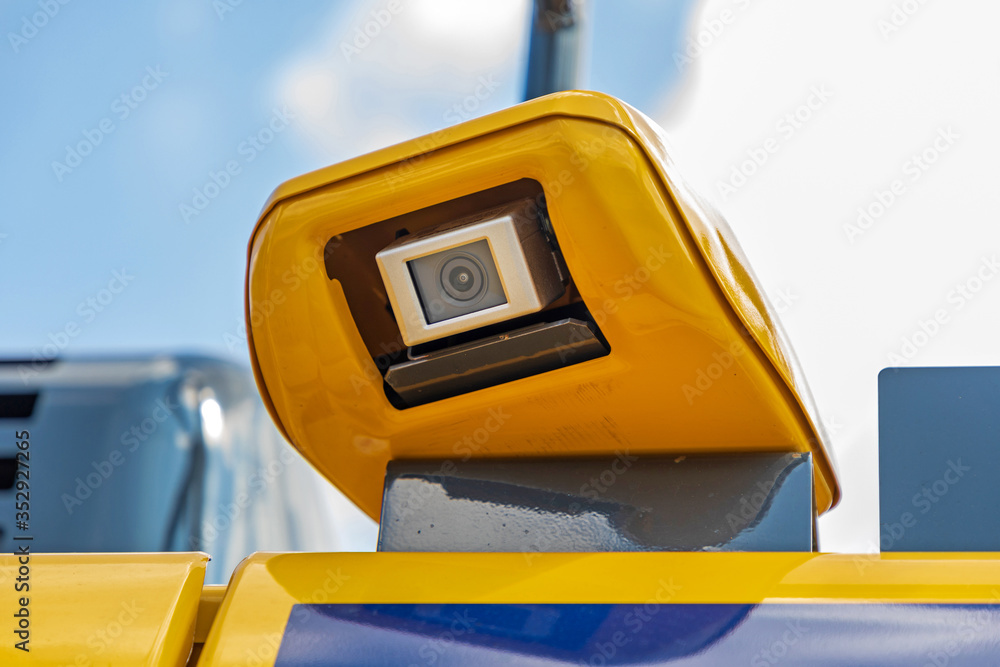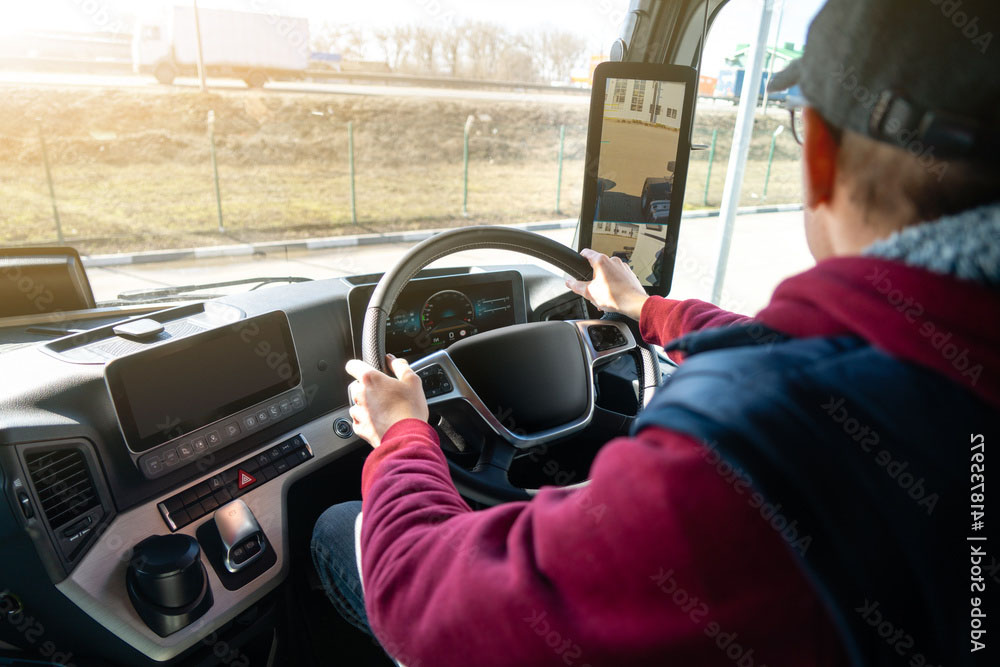
HGV Reverse Camera Systems: Safety and Precision on the Road
An HGV Reverse Camera System is an advanced safety feature designed to provide drivers of heavy goods vehicles (HGVs) with enhanced visibility while reversing. These systems utilize strategically placed cameras at the rear of the vehicle to capture real-time video footage, significantly reducing blind spots and improving awareness of surrounding obstacles, pedestrians, and other vehicles.
Many modern reverse camera systems offer high-definition video capabilities, ensuring that drivers can see clearly even in challenging lighting conditions.
Equipped with wide-angle lenses, these cameras provide a broad view of the area behind the vehicle, allowing drivers to detect objects that would typically be out of sight. Most systems come with on-screen display overlays, such as guidelines and grids, assisting drivers in accurately manoeuvring the vehicle while reversing. Advanced models feature infrared lights or enhanced sensors to deliver clear images even in low-light environments, making night-time reversing safer.
Benefits of HGV Reverse Camera Systems
Enhanced Safety providing a clear view of the area behind the vehicle, reverse camera systems significantly reduce the risk of accidents involving pedestrians, cyclists, or other vehicles.
Improved Driver Confidence: With better visibility and awareness while reversing, drivers feel more confident and can operate their vehicles more effectively, especially in tight spaces.
Reduction of Blind Spots: Reverse camera systems help eliminate blind spots that are common when driving large vehicles, enhancing overall situational awareness.
Cost-Effective Insurance Benefits: The installation of safety technologies, including reverse cameras, may lead to lower insurance premiums due to reduced risk levels.
Regulatory Compliance: As more jurisdictions introduce regulations aimed at enhancing road safety, having a reverse camera system can help HGV operators comply with these requirements.



